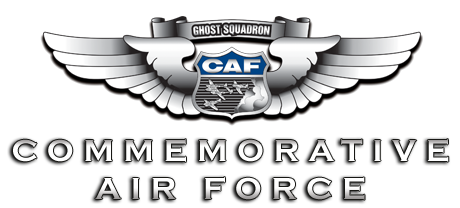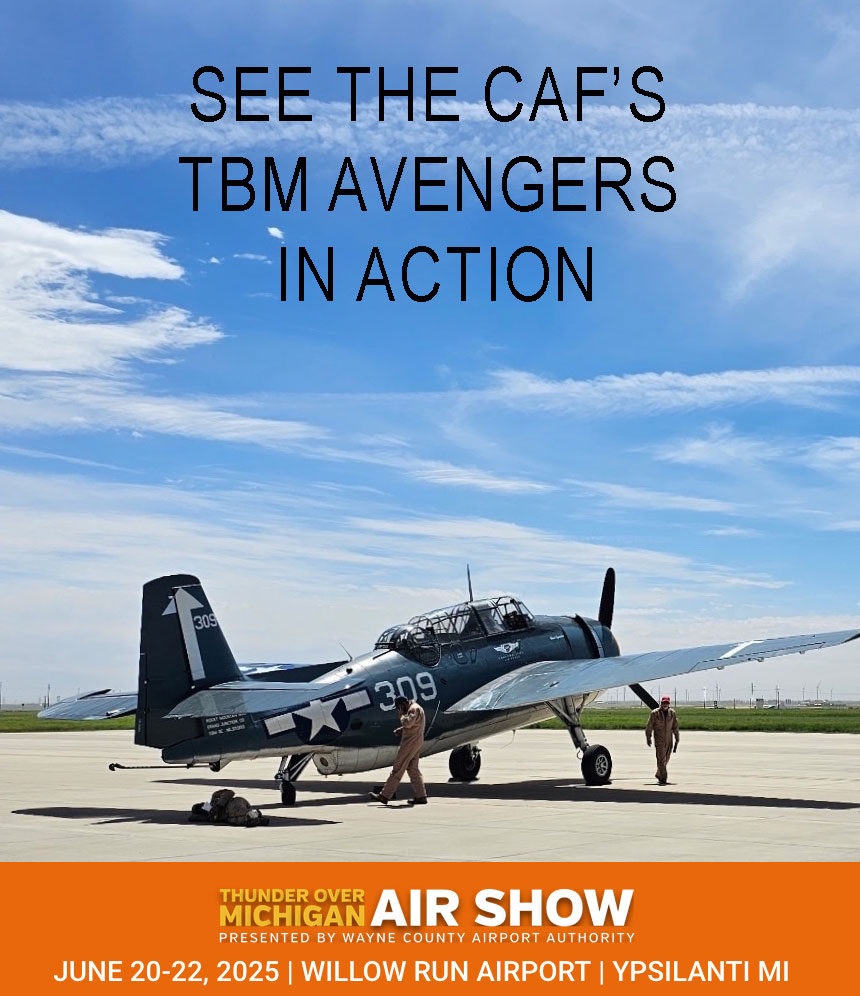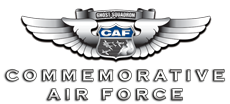The Great Marianas Turkey Shoot Remembered
If you've ever stood beneath the thunder of a vintage warbird at an airshow like Thunder Over Michigan, you've witnessed more than just horsepower—you've felt history in motion. Among the standout aircraft at this year’s show is the TBM Avenger, a rugged torpedo bomber flown by the Commemorative Air Force (CAF) that played a crucial role in one of the largest naval battles of World War II: the Battle of the Philippine Sea.
The CAF proudly brings historic aircraft like the Avenger to life, allowing new generations to connect with the bravery, innovation, and sacrifices of the men who flew them. As you admire these legendary machines up close or watch them soar overhead, you’re seeing living links to turning points in our past—none more dramatic than the showdown that took place over the Philippine Sea.
On This Day in History: The Battle of the Philippine Sea
June 19–20, 1944 — In the skies above the Philippine Sea, one of the most decisive naval battles of World War II unfolded. Known for the dramatic and lopsided aerial combat that earned it the nickname “The Great Marianas Turkey Shoot,” the Battle of the Philippine Sea marked the end of Japan’s ability to wage carrier warfare—and showcased the overwhelming power of American naval aviation.
Over two days, the U.S. Navy’s Task Force 58, commanded by Vice Admiral Marc Mitscher, launched more than 900 aircraft from 15 carriers. Opposing them, the Japanese First Mobile Fleet under Vice Admiral Jisaburo Ozawa fielded nine carriers with about 440 planes. But the disparity wasn’t just in numbers. American F6F Hellcat pilots, better trained and better equipped, overwhelmed the enemy in what became one of the most lopsided victories in aerial combat history.
The battle also saw the strategic use of American submarines, including the USS Albacore and Cavalla, which sank two of the Japanese fleet’s most important carriers—*Taiho* and Shokaku. On June 20, Mitscher made the daring decision to launch a twilight strike, sending 216 aircraft, including TBM Avengers and SB2C Helldivers, to chase down the retreating fleet. Though the mission resulted in further Japanese losses, the darkness and distance forced many American crews to ditch at sea in risky night-time recoveries.
When it was over, Japan had lost three carriers, nearly 600 aircraft, and almost 3,000 men. The United States suffered the loss of 123 aircraft and 109 personnel, mostly during the night return. More than a battle, the Philippine Sea was a turning point. It secured American naval dominance and cleared the way for B-29 bombers to begin launching strikes on the Japanese homeland from the newly secured Marianas.
How the Commemorative Air Force Keeps the Memory Alive
At the Commemorative Air Force, we don’t just remember these pivotal moments—we bring them to life. Aircraft like the TBM Avenger, which played a key role in the Battle of the Philippine Sea, are maintained and flown by CAF units across the country. These warbirds aren’t just museum pieces—they’re flying memorials. When you see one start up, taxi out, and take to the sky, you're witnessing living history in motion.
Want to experience it for yourself? Find an upcoming event near you and see these historic warbirds in action: https://commemorativeairforce.org/events.


